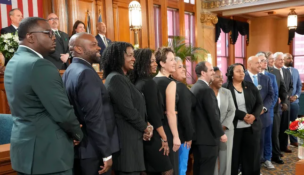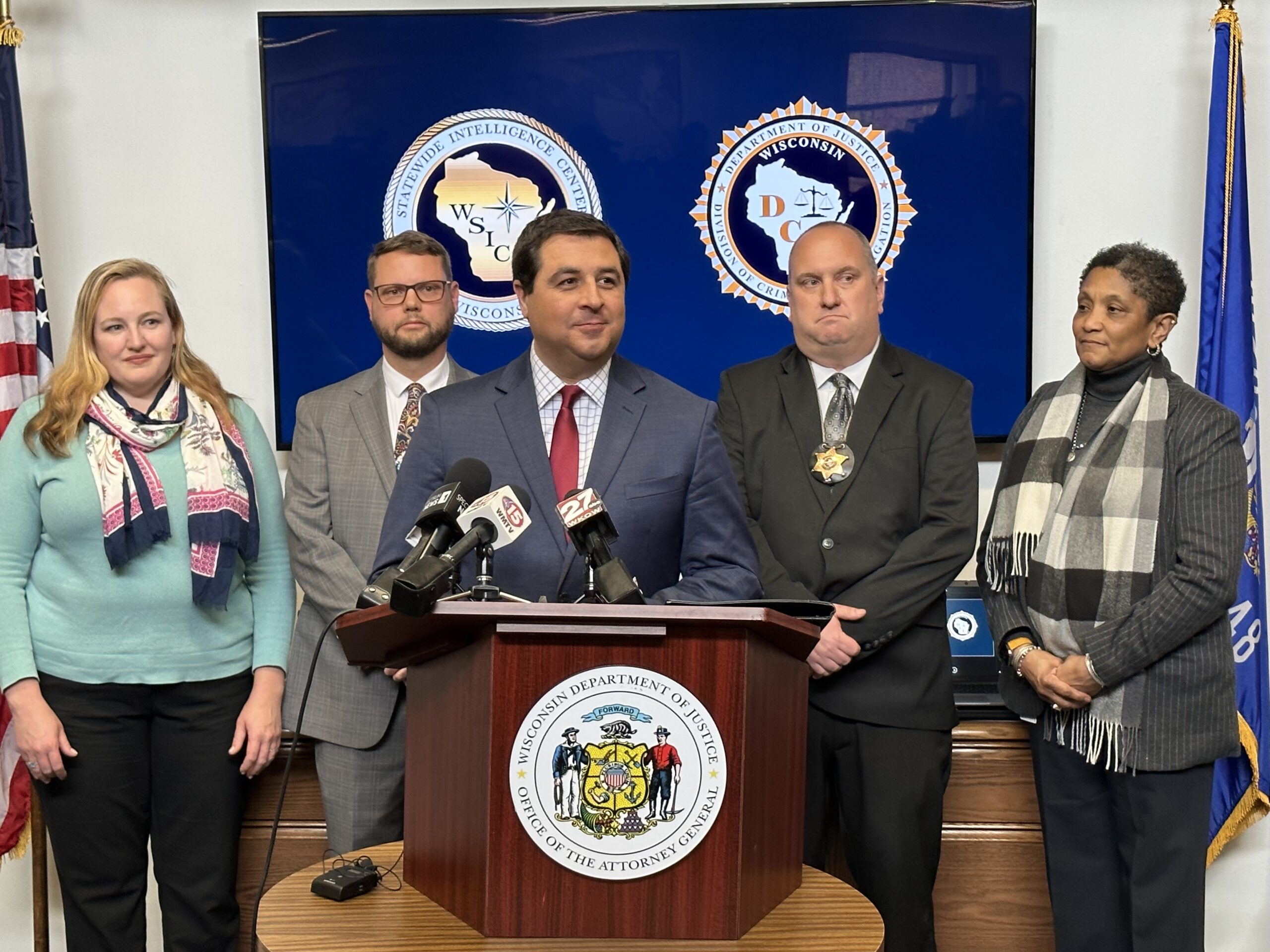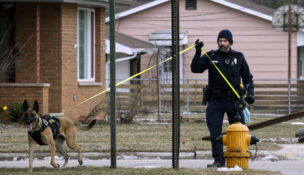Supreme Court to decide on reasonable inferences from surveillance video
By: Michaela Paukner, [email protected]//January 29, 2020//
Supreme Court to decide on reasonable inferences from surveillance video
By: Michaela Paukner, [email protected]//January 29, 2020//
The amount of information a jury can infer from a video is at the center of a case in front of the Wisconsin Supreme Court. The high court is deciding if a surveillance video showing the moment of a slip-and-fall is enough evidence to hold a Wisconsin grocery store liable for the man’s injuries.
In May 2014, Jose Correa slipped and fell in the dairy aisle at the Woodman’s Market in Oak Creek. He told an employee, who cleaned up the liquid on the floor, and reported the incident to the company.
In 2016, Correa filed an action against Woodman’s, alleging claims of negligence and violation of Wisconsin’s safe-place statute. Woodman’s filed a motion for summary judgment, arguing Correa didn’t have any evidence that Woodman’s employees knew there was liquid on the floor before he fell.
The trial court denied the motion, and a jury heard arguments in the case in 2018. Jurors watched a 10-minute surveillance video clip from the time of the fall. They ultimately decided Woodman’s was responsible and awarded Correa money damages. The trial court denied all post-verdict motions and found the jury had enough evidence to support its conclusion. Woodman’s appealed, and the appellate court ordered the case remanded to circuit court with instructions to vacate judgment and dismiss the case.
The state Supreme Court decided to take up the case in October and heard oral arguments on Jan. 21. The justices are weighing whether the jury was able to draw reasonable inferences from the surveillance video.
The justices asked why Woodman’s only saved 10 minutes of video. Lisa Lawless, who represented Woodman’s, said it was because the employee didn’t see anything spill in the 90 minutes leading up to the fall.
Chief Justice Pat Roggensack and Justice Dan Kelly said that could mean the spill was there for longer than 90 minutes, but Lawless argued that the video didn’t allow the jury to properly determine length of time, which is required by law to draw an inference.
Eric Knobloch, Correa’s attorney, said that argument has no basis in Wisconsin law.
“It would be wholly inappropriate to hold the plaintiff or any litigant to that standard,” Knobloch said. “It would create an incredibly difficult, if not impossible, burden to prove the exact length of time a condition was there.”
Knobloch argued that the surveillance video showed circumstantial evidence to support that the substance was there before Correa fell. He said it shows another man look down where the spill was and a woman move her cart around the spill area.
Lawless saw it differently, saying the video is only evidence that a substance was on the floor when Correa slipped, not how long it had been there.
“It would be sheer speculation from the jury to determine it was there long enough to be discovered and remedied,” Lawless said.
A decision from the state Supreme Court is pending. Follow @“WLJreporter”
Legal News
- Wisconsin Supreme Court justices question how much power Legislature should have
- Milwaukee’s Common Council now has the most African Americans, women and openly LGBTQ members ever
- Office of School Safety Provides Behavioral and Threat Assessment Management Training Ahead of 25th Anniversary of Columbine Shooting
- Wisconsin Supreme Court to hear arguments in Democratic governor’s suit against GOP-led Legislature
- Lawsuit asks Wisconsin Supreme Court to strike down governor’s 400-year veto
- Wisconsin man pleads not guilty to neglect in disappearance of boy
- ACS Selects University of Wisconsin Law School’s Miriam Seifter for 2024 Ruth Bader Ginsburg Scholar Award
- People with disabilities sue in Wisconsin over lack of electronic absentee ballots
- Wisconsin Republicans ignore governor’s call to spend $125M to combat ‘forever chemicals’
- Native American voices are finally factoring into energy projects
- Steven Avery prosecutor Ken Kratz admits ‘mistakes were made’
- Colombian national extradited to Milwaukee faces International narcotics-trafficking conspiracy charge
WLJ People
- Power 30 Personal Injury Attorneys – Russell Nicolet
- Power 30 Personal Injury Attorneys – Benjamin Nicolet
- Power 30 Personal Injury Attorneys – Dustin T. Woehl
- Power 30 Personal Injury Attorneys – Katherine Metzger
- Power 30 Personal Injury Attorneys – Joseph Ryan
- Power 30 Personal Injury Attorneys – James M. Ryan
- Power 30 Personal Injury Attorneys – Dana Wachs
- Power 30 Personal Injury Attorneys – Mark L. Thomsen
- Power 30 Personal Injury Attorneys – Matthew Lein
- Power 30 Personal Injury Attorneys – Jeffrey A. Pitman
- Power 30 Personal Injury Attorneys – William Pemberton
- Power 30 Personal Injury Attorneys – Howard S. Sicula











